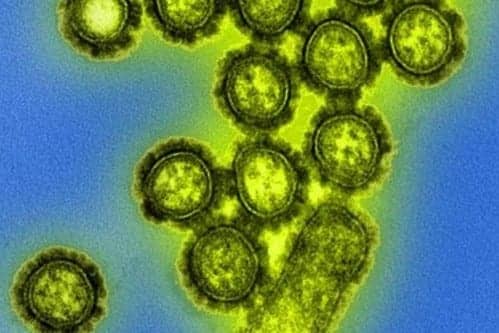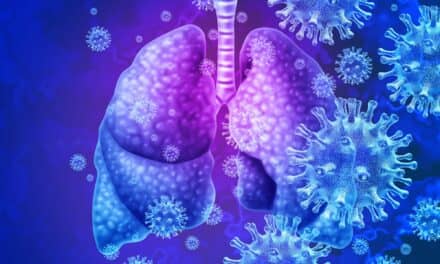In a mouse model of influenza H5N1 infection, treatment with mesenchymal stromal cells (MSCs) led to improved survival and disease pathology.
This work provides groundwork for using MSCs to treat complications associated with acute viral infections. However, the safety of using allogeneic cells for clinical applications is currently being evaluated in several clinical trials. In addition to these results, more studies using MSC therapy in combination with traditional treatments of influenza infection will be useful in determining the overall impact of incorporating cell-based therapies as adjuvant treatment.
In-depth: Human primary AECs were cultured on one side of a transwell insert, while the other side was seeded with human MSCs. After infection of AECs with H5N1 virus for 24 hours (multiplicity of infection=0.1), the net alveolar fluid transport was measured. Results indicated a significant increase in fluid transport from the apical to basolateral side of the AEC monolayer when cultured with MSCs versus control fibroblasts (p<0.01). These fluid clearance measurements with MSC co-culture were comparable to that of mock-infected AECs. Similarly, MSC co-culture led to a significant decrease in the permeability of the AEC monolayer (p<0.01), as measured by the transport of fluorescently labeled 70kDa dextran across the AECs after 24 hours.
To test the effects of MSCs in vivo, aged (8-12 months of age) female Balb/C mice were intranasally inoculated with 106 TCID50 (50% tissue culture infective dose) of H5N1 486/97 virus. Human MSCs (5×105 cells/animal) or control NIH 3T3 mouse fibroblasts (5×105 cells/animal) were delivered intravenously 5 days after H5N1 infection. Survival and body weight of mice (n=50-51) were monitored over the course of 18 days, showing greater survival and less weight loss in the MSC group. On day 7 post-infection (day 2 after cell injection), the wet-to-dry weight ratio of lungs was measured. The MSC-treated cohort (n=3) had a significantly lower wet-to-dry ratio than the fibroblast group (n=3), indicating better fluid clearance in the MSC mice (p<0.05). Analysis of the protein content of the fluid collected after bronchoalveolar lavage of MSC- or fibroblast-treated mice (n=4 per group) indicated a significant decrease in lung permeability 7 days after MSC injection (p<0.005).










